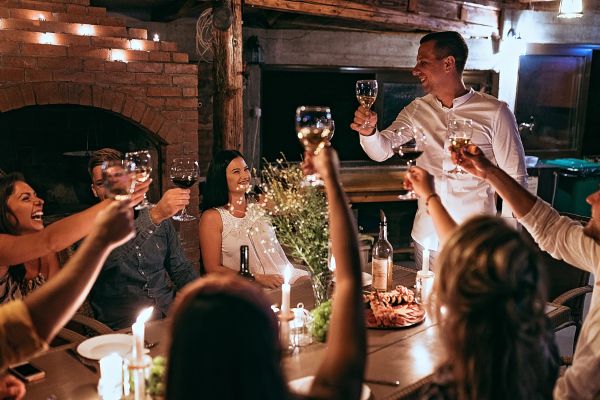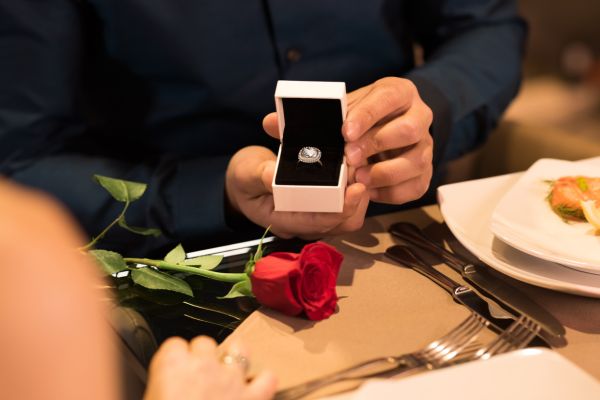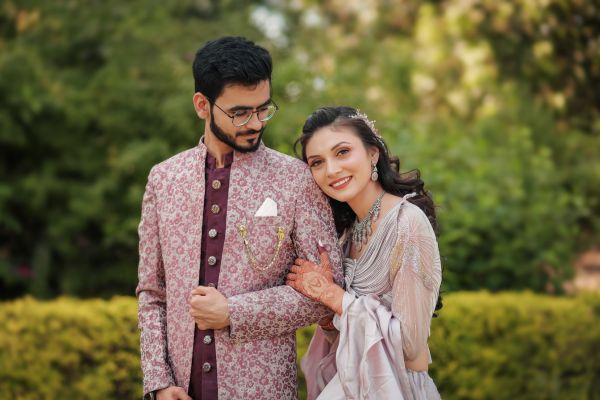Michele Davis and Corbett Leatherwood did not expect to be confronted on 16th Street in Washington DC on their wedding day. Straight from their ceremony at the Supreme Court, the newlyweds were confronted by questions about why they showed up to protest in wedding dress, as the country was ravaging in racial unrest. The onlookers didn’t know that Davis and Leatherwood were planning to marry on Loving Day. This was despite the fact that the coronavirus pandemic was still ravaging the US.
Must Read: wedding dress designs every bride needs
What is Loving Day?
Mildred and Richard Loving were both arrested in July 1958 for interracial marital affairs. The Supreme Court overturned their previous decade-long convictions and declared such interracial marriage bans unconstitutional in 1967. The Lovings’ story is one of love and defiance in the face of all odds. For Davis and Leatherwood this story was true because they found themselves in an interracial relationship that turned into marriage. It is why Davis and Leatherwood married on Loving Day at the Supreme Court.
Most popular: engagement photos that you want to steal
The couple took photos in a different area of the city after the ceremony, which was smaller than their original plans. According to Davis, “We ended up going over the Black Lives Matter Plaza and that’s where everything got crazy.” Davis was greeted enthusiastically by onlookers as her husband parked his car. The conversation became contentious when the groom returned.
Why we had to marry on Loving Day
Leatherwood looks back at the encounter with empathy. When you find yourself in this kind of situation, it is easy to see that people are suffering. He says that peaceful protest is a just way for people to express their opinions. “I had to return to the three main points because I was frustrated. “Look, one of these is gratitude, the other is hope, and lastly, it is love. We are grateful for the fact that 53 years ago, she would have denied me marriage because of her skin color. We are now able to marry today because of the Lovings’ nine-year struggle, the many people who risk their lives, their careers, and their families to change those unjust laws.
Never Miss: snap on jewelry box
The Lovings were a great example of how to make progress. However, they have learned that it is important to normalize interracial relationships. This will allow for the perception of being married to someone from another race. “We have the progress and we can get married now. He said that there was hope in the midst all this movement that voices will be heard, and that progress will be made where it is most needed. “Love conquers all. That’s what love is.” Love wins.
One bystander had experienced her own interracial marriage experiences. Davis says, “I don’t know what happened, but she was very sad about it.” “And she was like, “I just want to tell you… Let me show my parents.” Her father was white and her mother was Black. She spoke about how it would have been their struggle, and that she wouldn’t be here without them. It was such a powerful moment that the leader of the protest felt so moved that she said, “I wish I could have this kind love with someone who is willing to go that extra mile for me.” That’s what everyone needed to hear and feel. We were then welcomed into the crowd. It all comes back to our purpose, that is why we did it. To hopefully help people get past their anger and hurt.”
Our Love Story
The story of Davis and Leatherwood is like this: It’s their second marriage and 2020 was the year that the bride wanted to have her dream wedding. “We met through mutual friends. Davis says that he graduated from West Point, and that my son was also attending West Point. The same friend, who also graduated from the military academy, didn’t know we were in a relationship until about a year after they started dating. They were shocked to find out that it was their 25th reunion. It was their 25-year reunion and they were like, “Wait a second, what are you doing here?” “I’m with him.
Also Read: white jewelry box
The couple was forced to reevaluate their wedding plans after COVID-19. They held a minimony on June 12, which they called a “flash marriage” and planned to have a larger reception following COVID. The couple says that after watching the news, seeing the politics, the protests, and witnessing the pain and anger people felt, they felt that they needed to be part of the solution. They were able turn their minimony around quickly thanks to the generosity of many vendors. This included the donation of the bride’s dress, hair, and makeup as well as an officiant. Their choice of location was perhaps the most appropriate and fitting for their mission. They chose to marry on the steps of the Supreme Court of the United States.


